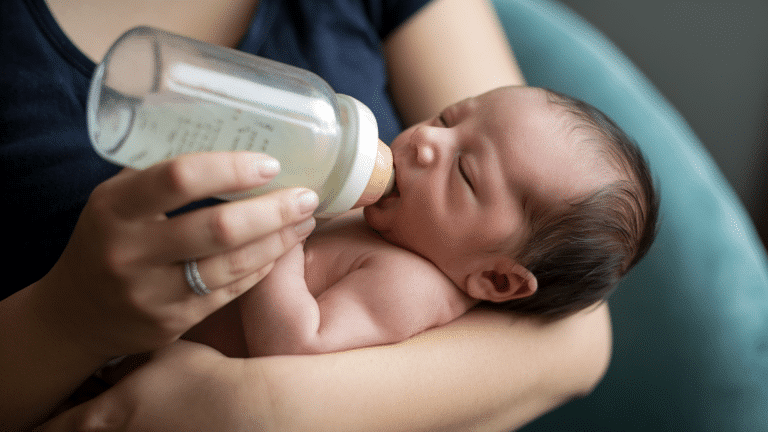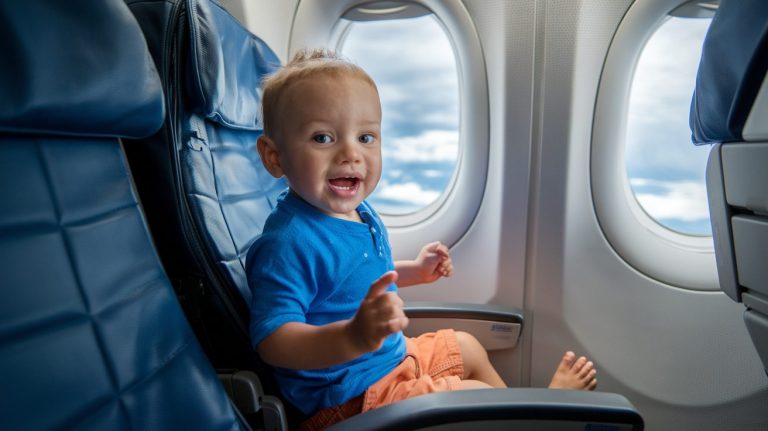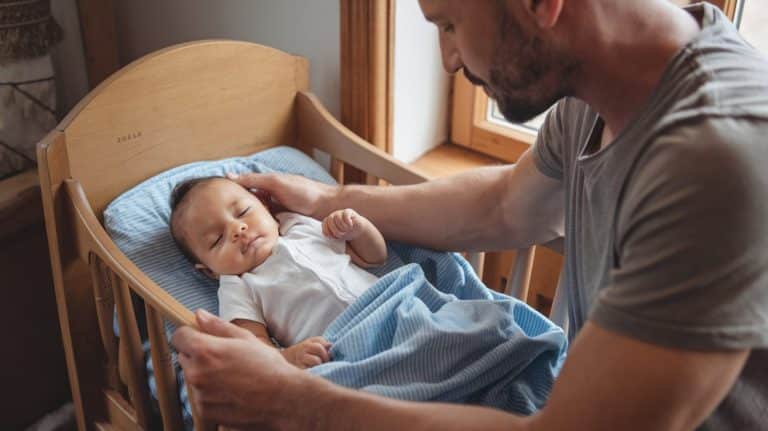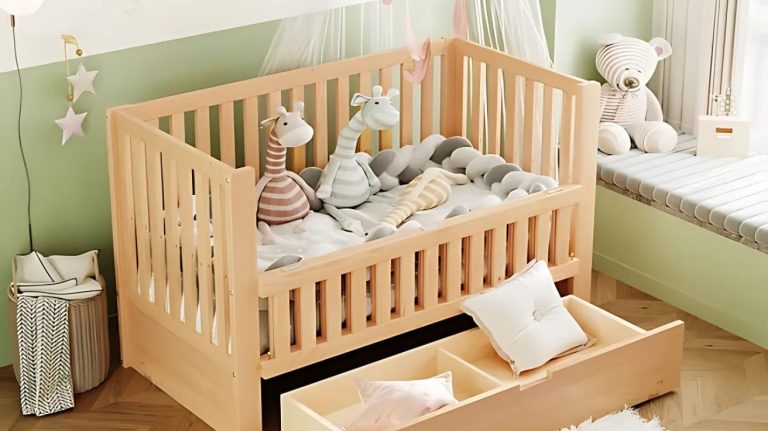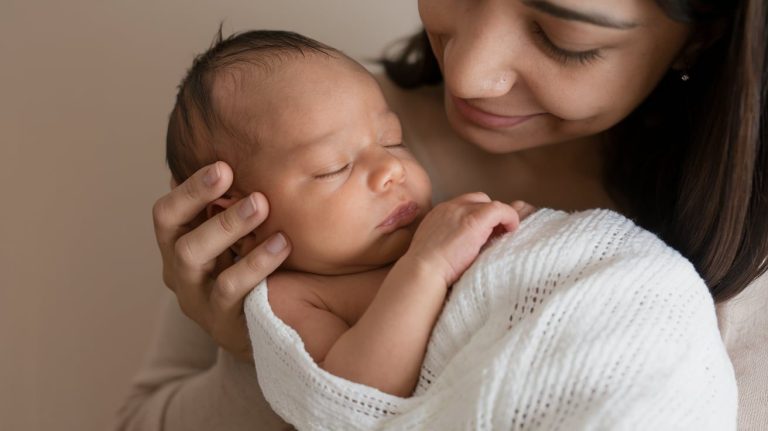“Should I wake my sleeping baby?” Every parent has whispered this question while watching their little one sleep peacefully. It’s a tough spot. You know sleep is precious…
If your baby keeps waking up at night and you’re beyond tired, you’re not alone. Most parents hit this phase, confused, frustrated, and desperate for answers. My blog…
At some point, every parent starts asking the same question: When will bedtime get easier? You’re probably hoping for the day your baby starts sleeping earlier in the…
If you’re here, you’re likely wondering when it’s the right time to stop the dream feed. That’s a common question for many tired parents looking for more uninterrupted…
Are you struggling with your baby’s sleep patterns? You’re not alone. The 4-month wake window can feel like a maze of confusion for new parents. Managing your baby’s wake…
Is bedtime at your house all over the place? You’re not alone. Most new parents dream of the day when their little one will go to sleep at…
Flying with toddlers strikes fear into even the most seasoned parents—the confined space, the inability to run free, and the dreaded meltdown potential. But with strategic planning, your…
Ever spent the night with tiny feet kicking your back and little hands grabbing your face? Are you ready to reclaim your bed after months (or years) of…
Imagine never buying another crib for your child again. What if one piece of furniture could take your baby from newborn to toddler? A single investment adapting to…
Hey there, tired parent! Does this sound familiar? You finally get your baby to sleep, tiptoe away, grab a cup of coffee, and then—boom—exactly 45 minutes later, the…




